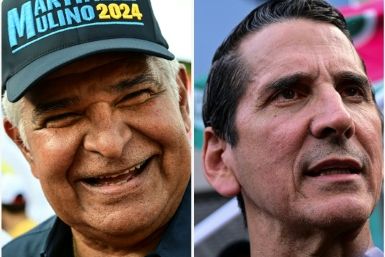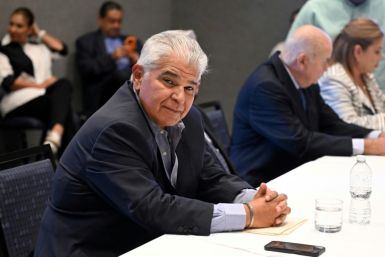Australia's Submarine Project: US And Japan To Join As Technology Partners

A trilateral military cooperation is building up in Asia Pacific with Japan and the U.S. as a pivot of military cooperation with Australia, including the hitech submarine technology. To bolster the naval capabilities, the Australian government is looking to introduce next-generation submarines in another 15 years and also wants to double the submarine fleet. Australia currently owns six Collins-class diesel-electric submarines, which are old in design and the capabilities are moderate.
The Nikkei Asia, in a report said Australia is impressed by the Japanese technology because Japan's diesel-electric submarines are known for its quietness of the screw and engine. The U.S. has long association with Australia as a key supplier of weapons systems such as torpedoes and cruise missiles. The project for the new vessels by the early-to-mid 2030s will be the most expensive infrastructure investment by Australia. In April, the Australian Strategic Policy Institute hosted a conference called "The Submarine Choice", with a highly knowledgeable gathering on submarines, said ASPI's executive director, Peter Jennings. The ASPI estimates that 12 future submarines will cost around $36 billion, reported The Monthly.
Abbot-Abey Meeting
It is learnt that the proposal for cooperation on joint development of submarine was discussed at a Nov. 12 summit between Japanese Prime Minister Shinzo Abe and Australian PM Tony Abbott. Submarines are considered the most closely guarded military secrets among countries who own them. It is the secret of moving undetected and that sways the military balance. Even between Japan and the U.S., information regarding submarines' locations or capabilities is not shared. This implies that Japan and the U.S. have to place deep trust in Australia and become its closest allies. This close coordination has become urgent as China is scaling up its submarine fleet very fast.
Chinese Threat
China has 56 submarines, including five nuclear subs, according to the U.S. Defence Department. Japan has only 18 submarines. Early this year, Chinese nuclear submarine activity was noticed in the Indian Ocean. A conventional Chinese sub was also spotted in September. This meant a serious challenge for Japan, the U.S. and Australia. This is amidst speculation that the Chinese military will press into service its first submarine capable that can carry ballistic missiles with a range of 7,500km by end of the year. This will give China the ability to launch a nuclear attack on the U.S. mainland beneath the sea. It has the capability to unsettle U.S. "nuclear umbrella" and can impinge on the national security of Japan and Australia as well.
The U.S. tactically responded by stationing one of its Los Angeles-class nuclear submarine at the Guam naval base, making its active attack subs to four. But it cannot look after Indian ocean and China sea.
Australia's Advantage
Both the U.S and Japan see a strategic advantage in Australia as it is directly facing the Indian Ocean and is also located conveniently for monitoring the South China Sea. With enhanced submarine capabilities, Australia can play a better role in keeping a close eye on those waters. Satoshi Morimoto, former defense minister of Japan, also endoreses this view. He said Australia can take charge of the Indian Ocean and South China Sea. Japan can manage the East China Sea. With the U.S. participation in the trilateral cooperation, it is possible to respond adequately to the threat from Chinese submarines.






